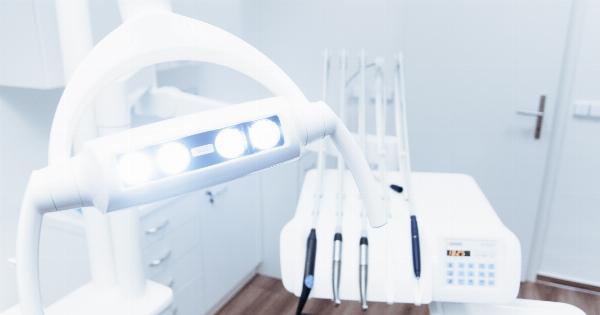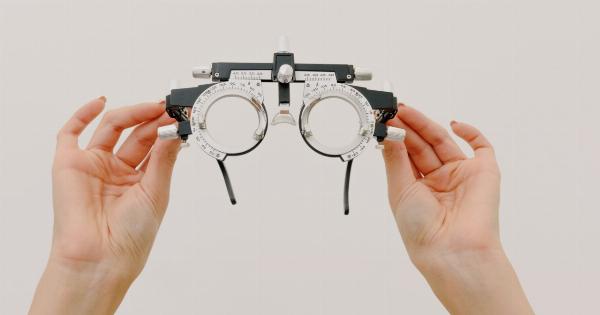Smart watches have become popular accessories in recent years, with their sleek designs and advanced features. One of the most valuable functions of a smart watch is its ability to monitor the wearer’s heart rate.
This feature is especially important for high-risk patients who need to closely monitor their heart health. The heart alarm on a smart watch serves as a vital tool in monitoring these patients, providing timely alerts and potentially saving lives.
Understanding High-Risk Patients
High-risk patients refer to individuals who have an elevated risk of experiencing heart-related issues.
These individuals may have pre-existing conditions such as heart disease, hypertension, or diabetes, which make them more susceptible to heart problems. They require careful monitoring and prompt medical attention in case of any abnormalities in their heart rate or rhythm.
The Importance of Heart Rate Monitoring
Heart rate monitoring plays a crucial role in assessing an individual’s cardiovascular health. By keeping a close watch on their heart rate, high-risk patients can identify potential issues early on and seek medical intervention if necessary.
A smart watch with a heart alarm feature makes this process much easier and more convenient, as it constantly tracks the wearer’s heart rate throughout the day.
Timely Alerts and Alarms
The heart alarm feature in a smart watch allows for timely alerts when the wearer’s heart rate goes beyond the normal range or exceeds a predetermined threshold.
This is particularly important for high-risk patients, as any sudden changes in heart rate could indicate a serious medical condition or cardiac event. The smart watch can instantly notify the wearer, enabling them to seek immediate medical attention and possibly prevent a life-threatening situation.
Continuous Monitoring and Analysis
Unlike traditional heart rate monitors, which usually require periodic manual measurements, a smart watch provides continuous monitoring of the wearer’s heart rate.
This means that any irregularities or fluctuations in heart rate can be detected in real-time. Moreover, smart watches equipped with advanced sensors and algorithms can analyze the collected data to provide valuable insights into the wearer’s heart health.
Enhanced Mobility and Accessibility
One of the key advantages of using a smart watch heart alarm is its portability and accessibility. High-risk patients can wear the smart watch throughout the day and night, allowing for constant heart rate monitoring regardless of their location.
This eliminates the need for frequent visits to healthcare providers for manual heart rate checks, providing patients with a greater sense of independence and convenience.
Improved Lifestyle Management
In addition to heart rate monitoring, smart watches offer a range of other features that can greatly benefit high-risk patients. These include activity tracking, sleep monitoring, and stress management tools.
By utilizing these features, patients can gain a better understanding of their overall health and make necessary lifestyle adjustments to improve their heart health.
Integration with Healthcare Systems
A smart watch heart alarm can also be seamlessly integrated with healthcare systems, allowing healthcare providers to remotely monitor their patients’ heart rate data.
This enables medical professionals to access real-time information, identify any potential issues, and intervene accordingly. The integration of smart watches in healthcare systems enhances patient care, improves efficiency, and increases the chances of early intervention when needed.
Privacy and Data Security
With the increasing use of technology in healthcare, concerns about privacy and data security arise.
It is crucial for smart watch manufacturers to employ robust security measures to ensure that the sensitive health data collected by these devices remains protected. Encryption and secure data transmission protocols can safeguard patient information and mitigate the risk of unauthorized access.
Future Implications
The advancements in wearable technology, particularly smart watches, hold significant promise for the future of healthcare.
Continuous heart rate monitoring combined with advanced algorithms and artificial intelligence can lead to the development of more sophisticated predictive models to identify potential cardiac events before they occur. This could revolutionize the way high-risk patients are managed, providing earlier interventions and ultimately saving more lives.
Conclusion
The smart watch heart alarm is not just a trendy accessory; it has emerged as a vital tool for monitoring high-risk patients.
By offering continuous heart rate monitoring, timely alerts and alarms, and integration with healthcare systems, smart watches provide an efficient and accessible means of monitoring cardiovascular health. As technology continues to evolve, smart watches are poised to play an even more significant role in the management of high-risk patients, ultimately improving patient outcomes and enhancing healthcare delivery.






























